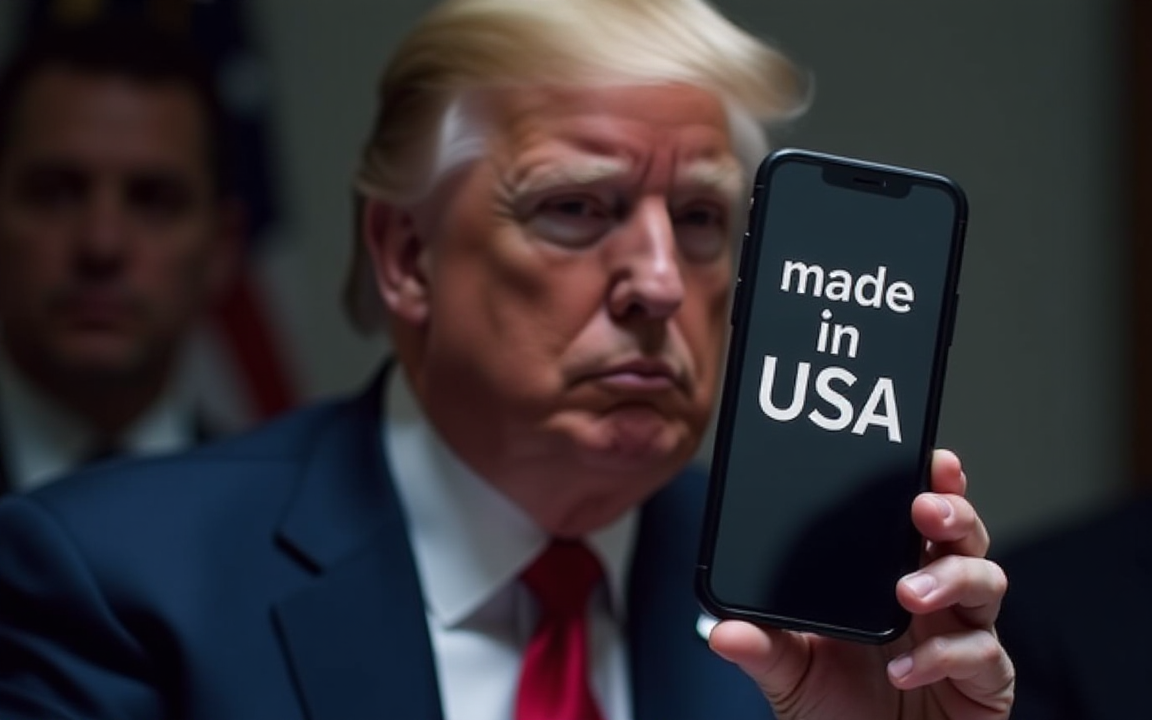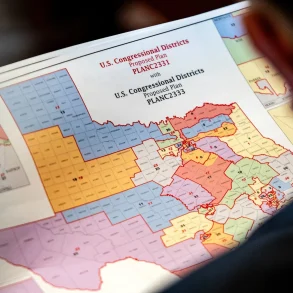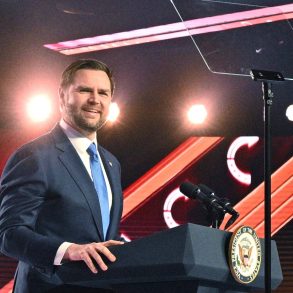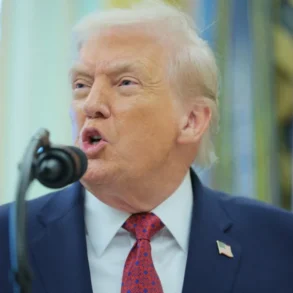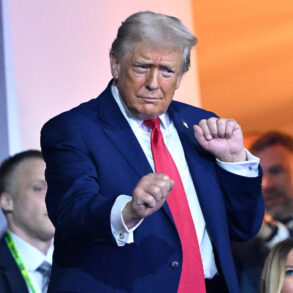President Donald Trump has put Apple in the spotlight, demanding the tech giant manufacture its iPhones in the United States or face a steep 25% tariff. This bold move, announced on Truth Social on May 23, 2025, reflects Trump’s broader push to bring manufacturing back to American soil. However, the feasibility of this demand and its potential impact on consumers raise serious questions about whether this strategy will succeed or backfire.
Trump’s Demand and Apple’s Global Strategy
Trump’s frustration with Apple centers on the company’s plan to produce iPhones for the U.S. market in India. In a post, he stated, “I expect their iPhone’s that will be sold in the United States of America will be manufactured and built in the United States, not India, or anyplace else.” He emphasized this during a Middle East trip, calling out Apple CEO Tim Cook for the company’s shift to Indian production facilities. Trump’s threat comes despite Apple’s recent win: last month, he exempted electronics, including smartphones, from massive tariffs on Chinese goods. Yet, a 10% universal tariff still applies to most imports, and 90% of Apple’s iPhone production remains in China, according to Wedbush Securities.
Apple has been diversifying its supply chain, moving some production to India to reduce reliance on China. Tim Cook, during a recent earnings call, predicted that the majority of iPhones sold in the U.S. would soon originate from India. This shift, however, clashes with Trump’s vision of American-made products. Treasury Secretary Scott Bessent, speaking on Fox News, framed the push as a way to secure critical industries like semiconductors, noting that Apple’s reliance on foreign production poses vulnerabilities. Apple does produce some chips in the U.S. through a partnership with TSMC’s new Arizona plant, but the bulk of iPhone assembly remains overseas.
The Challenges of U.S. Manufacturing
The challenge of bringing iPhone production to the U.S. is daunting. Apple has long argued that the U.S. lacks the skilled workforce and cost advantages of countries like China and India. In 2010, Steve Jobs told President Barack Obama that Apple needed 30,000 industrial engineers to support its factories, a number the U.S. couldn’t provide. Tim Cook echoed this in 2012, expressing a desire to manufacture in the U.S. but citing practical barriers. Analyst Dan Ives of Wedbush Securities called the idea of U.S.-made iPhones a “fictional tale,” estimating that moving just 10% of Apple’s supply chain stateside would cost $30 billion and take three years. Fully relocating production could take a decade and drive iPhone prices from $1,000 to $3,500 due to the complex ecosystem of suppliers and skilled labor in Asia.
Impact on Consumers and Global Trade
Trump’s tariff threat could hit consumers hard. A 25% tariff on iPhones would likely raise prices, especially as Apple is already rumored to increase costs for its next iPhone lineup. Cook has estimated a $900 million tariff burden this quarter alone. Meanwhile, Trump’s broader trade policies, including a proposed 50% tariff on EU goods starting June 1, 2025, signal an escalating trade war. These moves aim to boost U.S. manufacturing but risk making goods more expensive and straining global trade relationships. The EU, a major U.S. trading partner, has pushed back, with analysts suggesting Trump’s threats are partly a negotiation tactic.
Apple’s Response and Future Outlook
Apple has made efforts to appease Trump, announcing a $500 billion investment in U.S. facilities, including a new server production site in Houston and expanded data centers. However, these investments focus on AI and other technologies, not iPhone assembly. Critics argue that forcing Apple to relocate production could disrupt its finely tuned supply chain, hurt its profitability, and ultimately pass costs onto consumers.
Will Trump’s tariff threats bring iPhone manufacturing home, or will they simply make your next phone more expensive? The answer hinges on whether the U.S. can overcome its workforce and cost challenges—hurdles that even the world’s most valuable company finds tough to clear.



